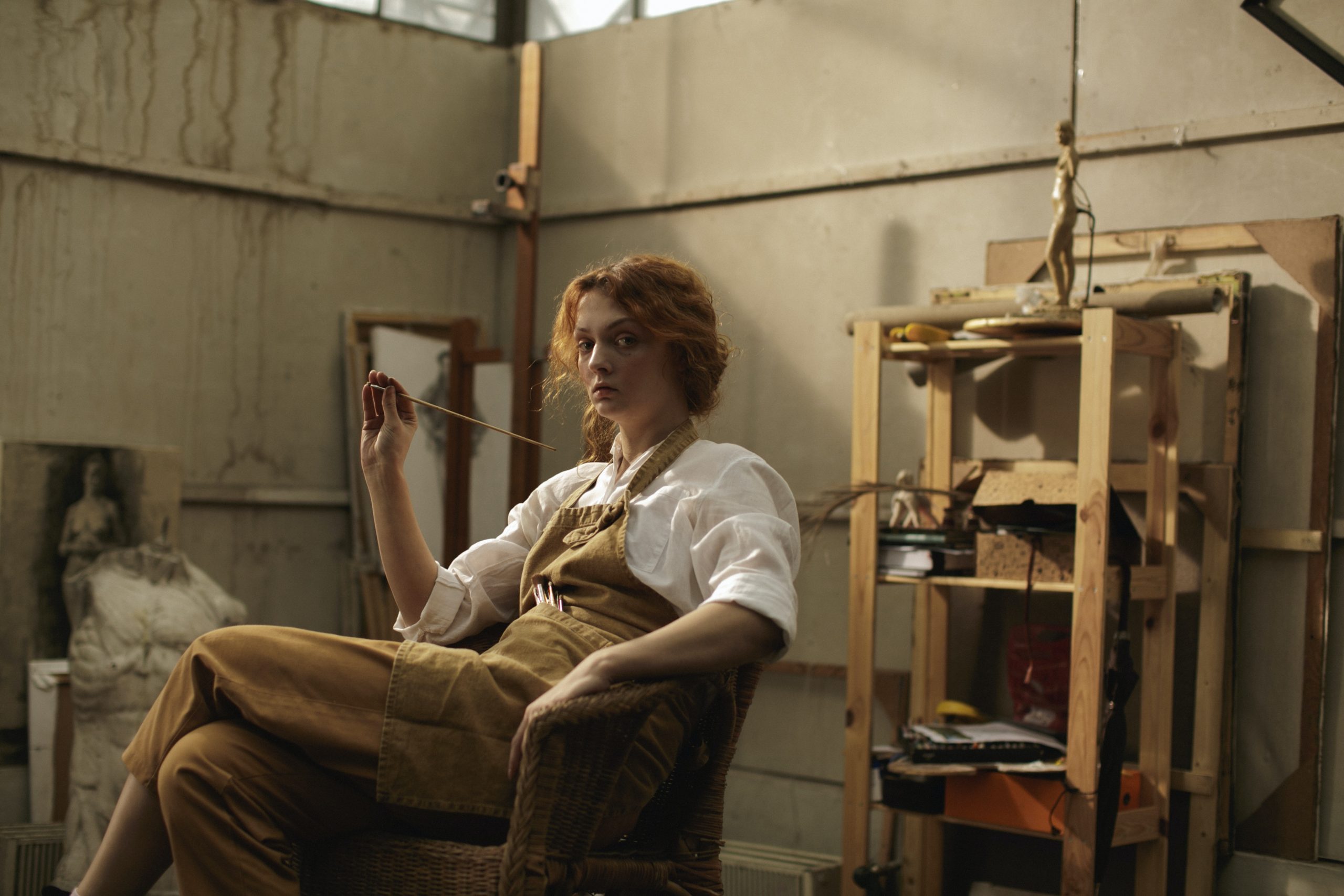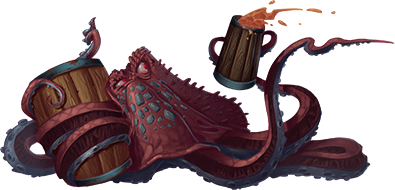Recently the subject of hiring an illustrator and/or graphic designer has come up enough that I think the community would be better served if I write a long-form blog about the subject and others can hopefully reference it in the future if they find it helpful.
Why do I need an illustrator?
Regardless of what your motives are for releasing your homebrew the fact is that you want as many people as possible to check out the thing you made or you wouldn’t be releasing it publicly. That’s the part illustration and graphic design can help you with. Good art, logos, layouts, etc. will make you stand out from the rest of the pack.
There are many resources that will make your homebrew look straight out of the PHB or DMG, you can use almost identical fonts, page layouts, that old, weathered paper look for your pages. There’s even free stock art you can use for your product, some of it is by the same artists who work on the official products.
However, the whole point of homebrews is that you have a different way of approaching D&D from the official one; so why does your product look just like theirs?
More importantly, if your product is unique, then why does it look the same as everyone else’s?
An illustrator will help you make your product not just stand out, but make it your own. You can have the same characters all through your homebrew, you can adopt a unique art style that fits your vibe (cartoony, somber, silly, serious). If you’re creating items the benefit should be evident, it’s so nice when the visual of the item matches the description and mechanics perfectly!
Having a signature visual style for your product is a great way to not just set it apart, but allow your audience to recognize future releases of other products you put out simply by looking at the cover.
I know it’s a cliché, but “a picture is worth a thousand words” has stood the test of time for a reason, our job is to help you illustrate your point, we turn your words into pictures to help you really drive it home.
What’s it gonna cost me?
Probably the leading reason why people don’t work with an illustrator is cost, I understand that, particularly if you’re just starting out and have a small or non-existent budget. There are two good options I can think of to get art into your product (Just remember as with most things in life, you get what you pay for).
The cost of this will vary, my current base rate is $25 an hour, but as I get more and more work and my skills increase so will my rates (It used to be $20 just two years ago); however as with everything, there are people who will charge you significantly less than that, and others exorbitantly more.
Hiring an established illustrator guarantees you a better final product, if someone is charging money for their art chances are that they have a good portfolio that you can view and that will give you an idea of what to expect from them.
A well established illustrator will also give you an accurate estimate so the final bill will be what you expect (or less). I personally have never charged anyone more than I’ve quoted because I either screwed up the quote and that’s not the client’s fault, or more than likely I finished the project faster than I expected and the final bill is lower than quoted (I’ve done this several times)
Getting estimates is free, just reach out and you might be surprised with the result!
Every artist starts somewhere, you could try to find an art school student looking to build a portfolio in anticipation of breaking into the industry when they finish school, or a hobbyist who wants to explore converting it into a career. Either way, there are a lot of artists that will be open to partnering up with someone for projects. The thing to keep in mind here is make sure you have a true partnership, even if you only make $10 off a release, make sure you share that with your illustrator. The act of receiving anything for your art is a source of pride and motivation for us.
“Exposure” is not legal tender
This is related to the last point above, but it merits its own space. Don’t ever offer an artist “exposure” as a reward/motivation to work on your product.
Artists: If someone offers you “exposure”, politely decline and keep looking for something else; all this is going to do is tangle you up in a project that will consume your time for weeks, months, even years, and probably lead nowhere; meanwhile you’ll miss out on actual good opportunities because you’re too busy working for free just to get a glorified “thank you”.
Our work and our time are valuable, no one has more exposure than big publishers, and guess what? They pay their artists! Exposure is not payment, I don’t know of any grocery store that accepts exposure as payment.
Communication
At this point it feels like this is a permanent section on my blogs, but once again, communication is vital. Make sure you tell your illustrator what your vision is in as much detail as possible, provide reference images if you want, just make sure you give them lots of details of exactly what you want, when do you need it by, what the dimensions are, and even what colors you want them to use on certain things. Communicating well with your illustrator will lead to better art every time, it will also allow them to give you a more accurate estimate of how long and how much something is going to take.

Trust the professional
If you’re hiring an established, experienced illustrator, trust them. If you have a disagreement on what something is supposed to look like, what colors to use, issues with composition, etc. bring it up, discuss it, make them explain their reasoning, but give them final say. You’re hiring an illustrator because you can’t do the art yourself, trust their expertise.
The process
Any good illustrator will send you progress updates at different milestones. Personally, this is how it works with me.
Everybody loves sandwiches
While this applies to dealing with illustrators, it’s just good life advice in general. When providing any type of feedback or criticism always use the sandwich method!
1
Start complimenting something they did or about them that you like. Be genuine and find something you truly like, this is not supposed to be hot air.
Example
“I love the armor on the Tiefling, the design is super cool, it’s exactly what I imagined! Seriously good work!”
2
Give them the feedback or criticism you’re looking to raise
Example
“I do think the Half-Orc is looking a bit plain and her expression is not fierce enough, I was hoping for pure fury!”
3
End with another compliment, you could use the same one again but preferably find a new one.
Example
“Still, you’re doing an amazing job with this piece, the whole thing is coming together really nicely, I’m really enjoying working on this with you!”
My wife taught me years ago that people never remember exactly what you say, but they remember exactly how they felt when you said it. Try to start and leave every conversation with someone on a positive note!



